Are you aware of the competition around you?
In today’s fast-paced and constantly evolving business world, keeping track of your competition is crucial for success.
This is because, by monitoring your competitors, you can gain valuable insights into their strategies, strengths, and weaknesses and use this information to improve your business.
💡 Read: Competitive Analysis: All You Need to Know
However, competitive monitoring is not just about keeping tabs on your rivals. It’s about staying ahead of the game and continuously improving your offerings to meet the evolving needs of your customers.
So, are you ready to take on the challenge? Let’s dive right in and unlock the secrets to success.
Know Your Competition
Before developing a solid business strategy, it’s essential to first identify your competitors. These businesses offer similar products or services to your own and can be direct and indirect competitors.
One key aspect of knowing your competition is researching their products, services, and goals. By analyzing what they offer, how they deliver it, and their plans, you can identify gaps in the market or opportunities to differentiate your approach.
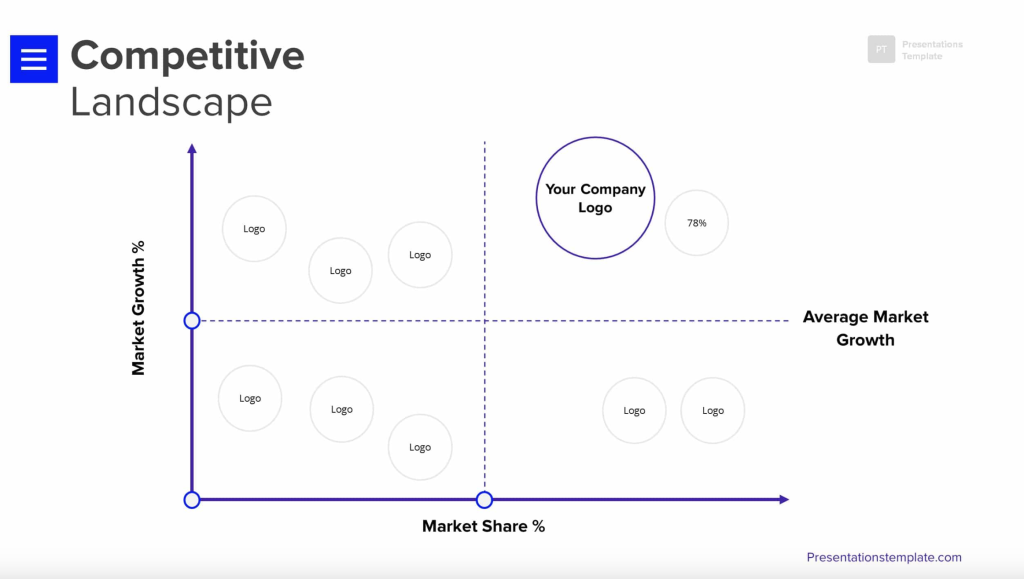
You can do so by:
a) Researching the keywords your competitors use in their content and marketing strategies and analyzing search engine results pages (SERPs) to identify the keywords driving traffic to your competitors’ websites
b) Check out your competition’s websites regularly to get all the latest updates, buzz, happenings, and products they have in store. You’ll be able to see how they’re sharing information and whether their website is easy to use
c) You can also keep an eye on your competitors’ intellectual property filings and attend industry events to:
- Stay informed about their R&D efforts, product launches, and upcoming innovations
- Understand their strategy for standing out
- Identify new opportunities, and stay ahead of the curve
Read What Is Competitor Mapping and How to Use It for Your PR Campaigns
Use Social Media Competitive Monitoring Tools
Social media monitoring tools can be powerful for gaining a competitive monitoring advantage in your market. Modern social media platforms offer an invisible competitive stage as a hub for knowing various target audiences.
You can also monitor their content, engagement, and follower growth. This will help you stay up-to-date on their latest marketing efforts, product releases, and customer engagement patterns and may inspire your content strategy.
Since it can be hard to keep track of data from so many sources, you can use Determ, competitor analysis tool, to get 24/7 coverage across 100 million + online sources in any language or location.
Read How to Do a Social Media Competitor Analysis Using Determ
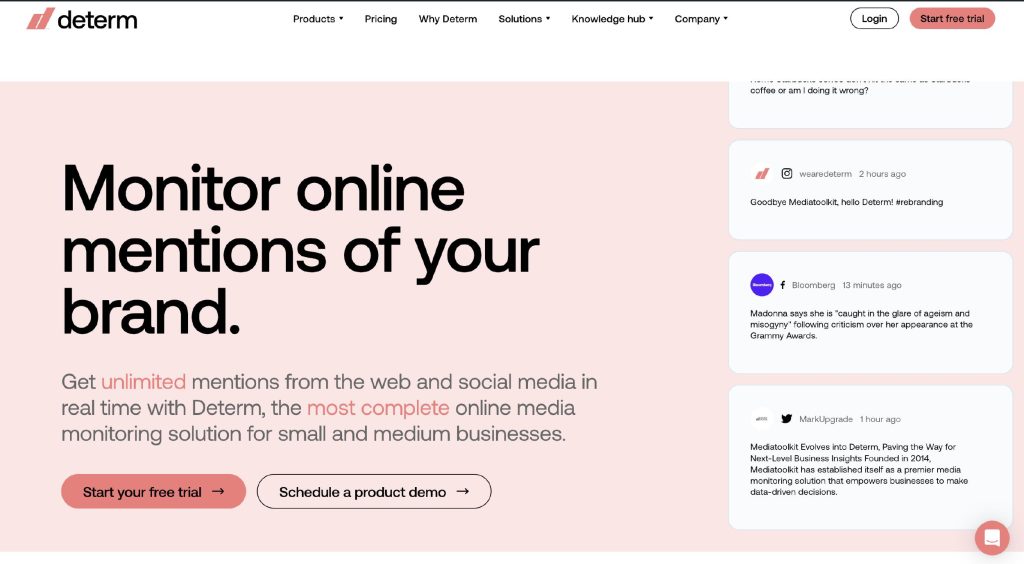
Target the Untargeted Keywords
Web analytics tools like Google Analytics and Ahrefs can help you track your competitors’ website traffic, keywords, and content.
You can use this information to see what’s driving traffic to their site, which pages are most popular, and what keywords they’re targeting.
Sometimes you have to look for phrases and keywords that are untargeted, i.e. keywords or phrases with low competition but still relevant to your business or industry. This strategy can benefit businesses that want to rank for specific keywords or phrases but find it challenging to do so because of high competition.
For example, Middleware is an cloud-native observability platform that supports Golang monitoring. While conducting keyword research, the Middleware SEO team discovered some highly competitive keywords relating to Go programming, such as “Golang guide” or “Golang tutorial”.

Middleware targeted less competitive keywords like “Golang logging” and “Golang monitoring” despite high competition for other related keywords.

After creating separate blog posts for each keyword, they quickly ranked in the top 30 search results.
Monitor Customer Reviews
Customer reviews are a valuable source of information for your competitive monitoring strategy. You can use review sites like Google, Reddit, and Facebook to see what customers like and dislike about your competitor’s products or services.
This information can help you identify areas where you can differentiate yourself and provide more value to your customers.
Read Online Reviews: the Ultimate Guide on How to Track and Handle Them
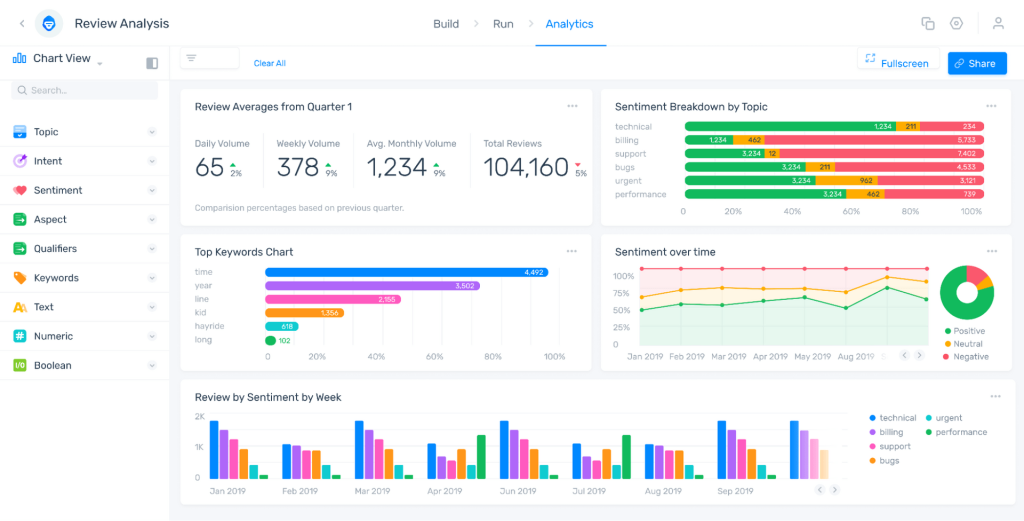
Look for common themes in the reviews, such as poor customer service or a lack of product features.
For example, if your competitors receive negative reviews for slow shipping times, you could emphasize fast and reliable shipping in your marketing materials.
Similarly, if you notice that customers praise your competitors for their excellent customer service, you could invest in training your customer service team to provide even better support.
Moreover, you can have your team pose as potential customers and evaluate your competitors’ sales processes, customer service, and overall experience.
This can help you identify areas where you can differentiate yourself and provide a better customer experience.
Read How to Create a Brand Positioning Map
Perform Competitive Monitoring of Marketing Campaigns
Analyzing your competitors’ marketing campaigns can help you understand what’s working and what’s not.
The most marketed product is the champion of a particular strategy, and tracking its progress gives you an insight into what and who your rival is targeting.
- Use tools like Determ ‘s campaign tracking, SpyFu or SEMrush to track your competitors’ campaigns, keywords, and social media activity, and Detrem’s campaign performance tool to track your goals and performance.
- Understand the data to identify the channels and tactics driving your competitors’ most traffic and engagement.
- For instance, if your competitor is investing heavily in Facebook ads and getting a lot of engagement, consider ramping up your campaigns.
Look closely at your competitors’ messaging and branding to identify patterns and trends using machine learning algorithm tools. This can help you identify trends, patterns, and insights that may not be immediately visible to the human eye.
- Are they using particular keywords or phrases consistently?
- Do they have a consistent color scheme or design aesthetic?
Use this information in your marketing and campaign strategy to exploit a working hypothesis or fill gaps in a potentially good plan.
Read Campaign Tracking: How to Monitor Your Marketing Efforts with Determ?
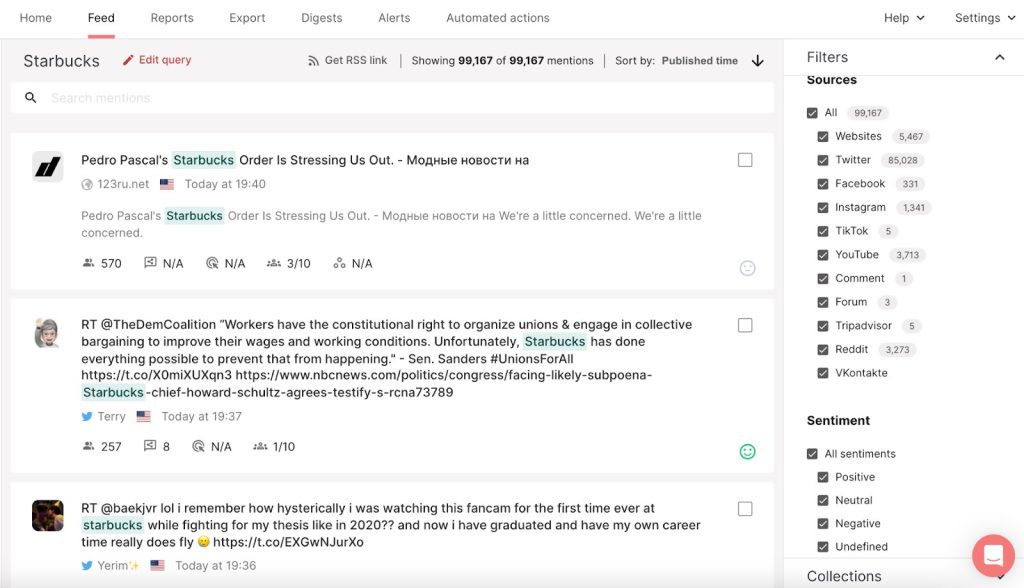
Monitor Your Competitors’ Pricing
By tracking your competitors’ prices, you can identify opportunities to offer more value to your customers.
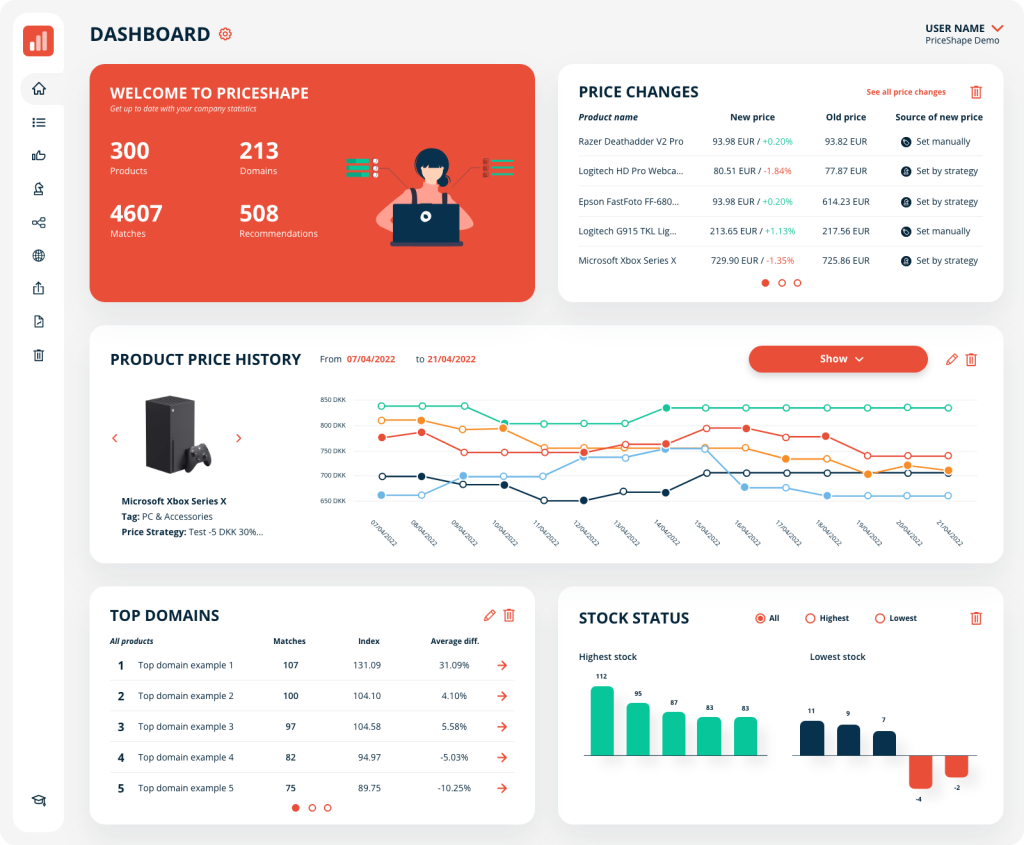
- For example, if you notice that your competitor is charging a premium price for a product, you may gain market share by offering a similar product at a lower price.
Analyzing your competitors’ pricing strategies can also help you identify areas where you can differentiate yourself from the competition.
- For example, if your competitor offers a low-price strategy, you may want to differentiate yourself by emphasizing the quality of your products or services.
Several market pricing monitoring and web page detection tools can monitor price fluctuations and changes for you.
With a careful and comprehensive approach that incorporates market research, customer feedback, and internal cost analysis, you can optimize your pricing strategy to maximize profitability and meet the needs of your target audience.
Read Competitive Media Reporting Guide for PR and Marketing Professionals
Check out Competitor Hirings
Monitoring your competitors’ job postings can give you insight into their plans and priorities.
You can use job search engines like LinkedIn, Indeed, or Glassdoor to see what skills and expertise your competitors are looking for. The information can help you identify areas where you may need to upskill your team to stay competitive.
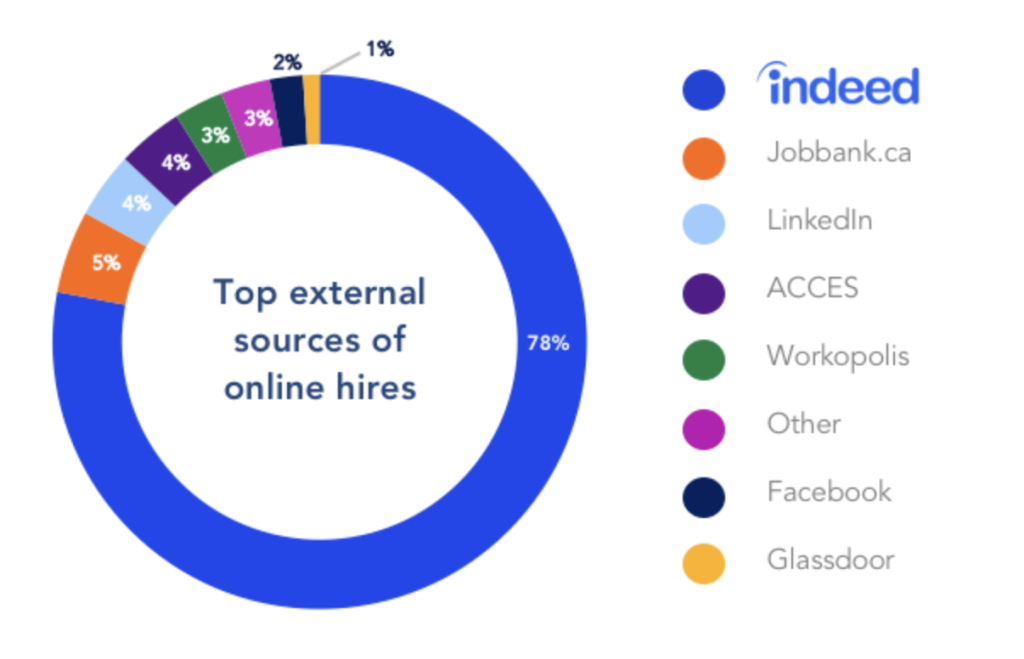
If your competitors are hiring for new positions, this may indicate that they are expanding their offerings, moving into new areas, or specific emerging trends in the industry.
Employee reviews can also provide insights into their internal culture, values, and morale, impacting their ability to innovate and compete.
So it is essential to keep an eye on the hiring activity, and you may be able to read between the fine print and understand what your competition is really up to or where they are struggling.
Expanding Horizons and Markets
You can find valuable information about potential markets by setting up alerts for your services or products using Detrem’s state-of-the-art media monitoring software for specific countries and languages.
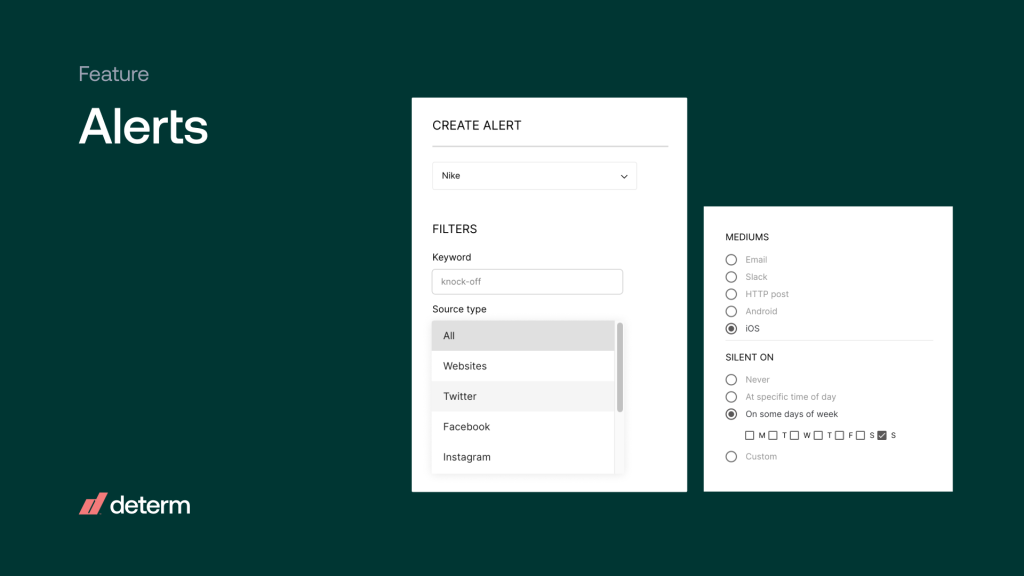
For example, if you’re selling automatic toilets in Japan and want to see if there’s a market for it in France and Germany, you’d set up alerts for keywords such as “automatic toilets,” “smart toilets,” or “smart homes,” in French and German, and look at the volume of these discussions to see if there’s enough demand for you to consider these new markets.
As a business, it is crucial to continuously seek new opportunities for growth and expansion. This often entails experimenting with different strategies and exploring new markets.
However, remaining agile and failing fast is equally essential, recognizing that setbacks and mistakes are inevitable when venturing into uncharted territory.
While luck may play a role in some instances, sustainable expansion requires a strategic and calculated approach.
One effective method is closely monitoring competitors’ performance and analyzing their strategies. By understanding how similar businesses operate and adapt to changing market conditions, you can gain valuable insights and develop more informed expansion plans.
Read Competitive Benchmarking: Definition and Best Practices
Conclusion
A deep understanding of your competition and your strengths and weaknesses is crucial for achieving victory in any competitive arena.
So, whether you’re an entrepreneur starting a new business or a seasoned executive leading a large corporation, make competition monitoring and awareness a top priority in your strategy. The best aspect is that this calls for something other than technical expertise or heavy data analysis. Using the correct competitive monitoring tool, you can get all the required information in a straightforward dashboard.
Savan Kharod is a growth marketer at Middleware. He is an engineer turned marketer and a tech enthusiast. When not solving dev marketing issues at middleware, he likes to read novels. Say hello to him on LinkedIn.


